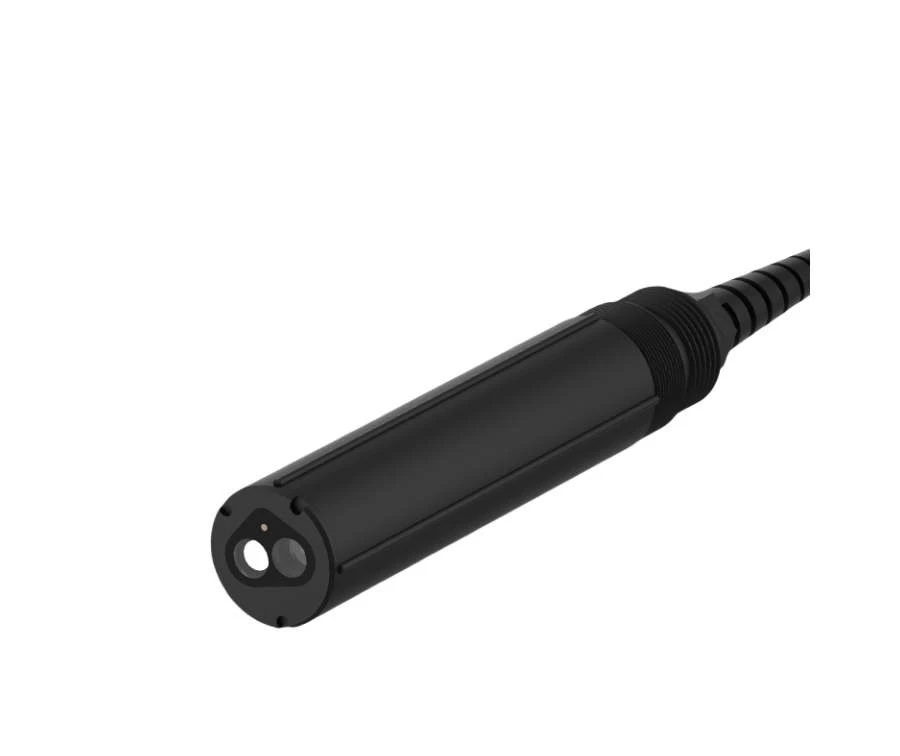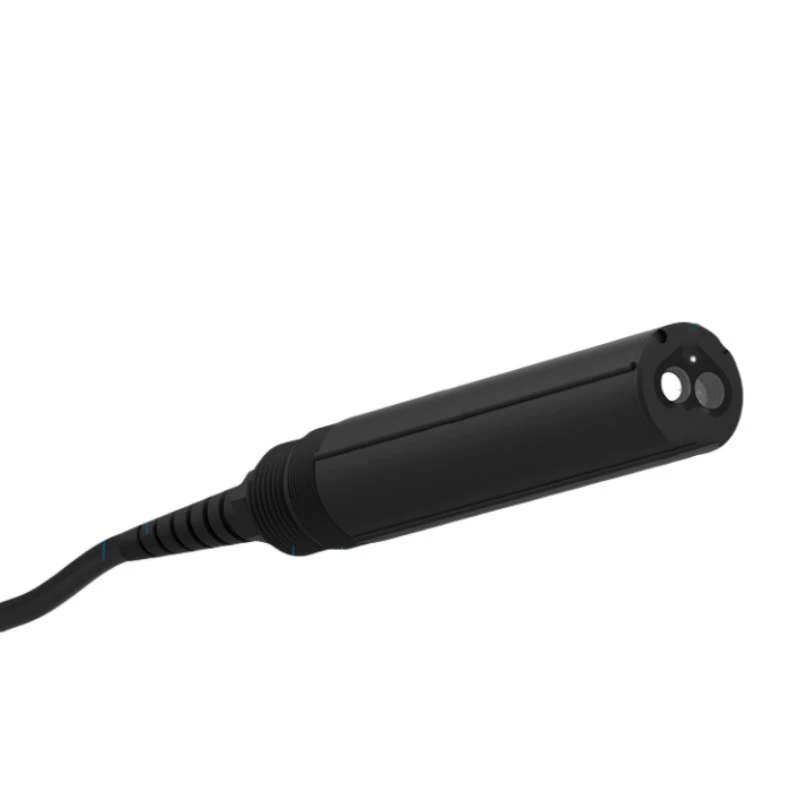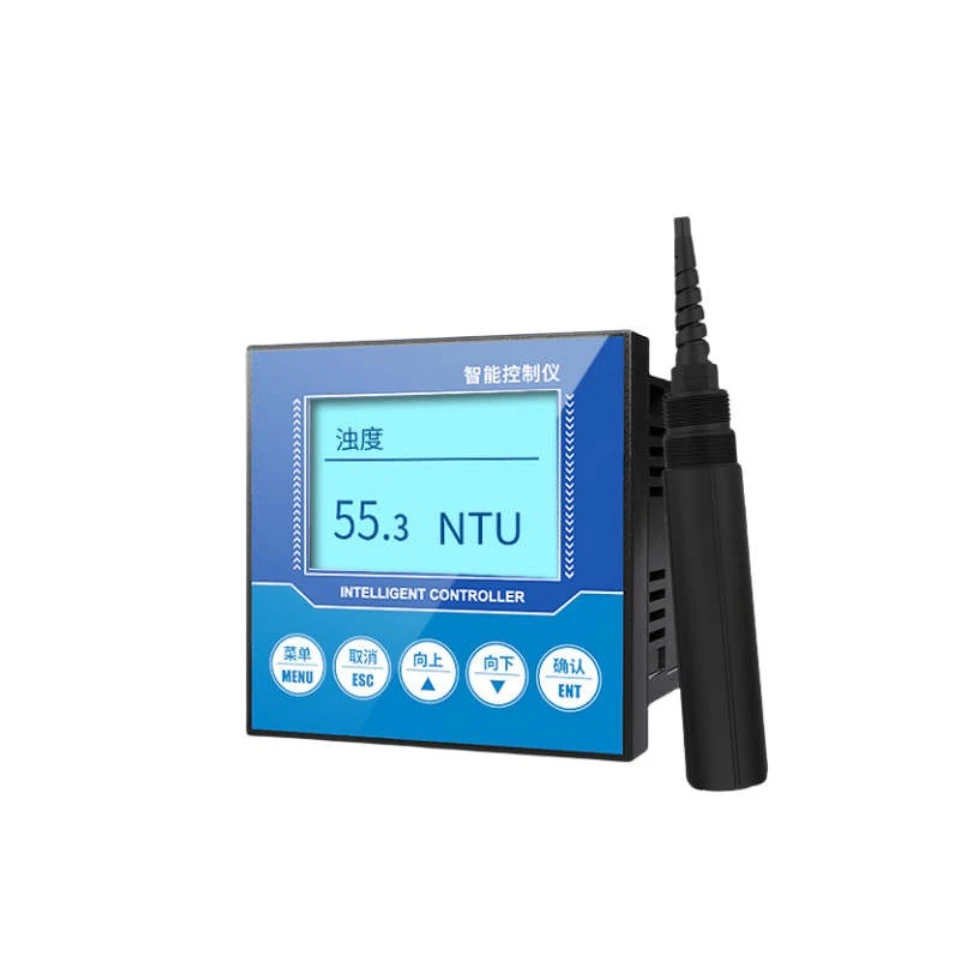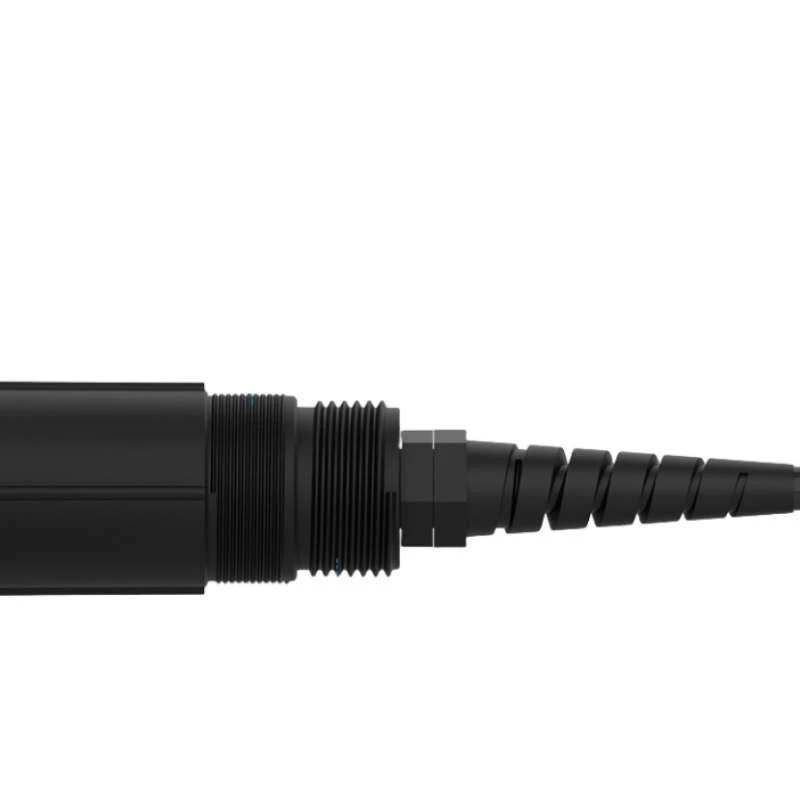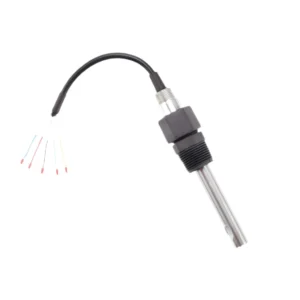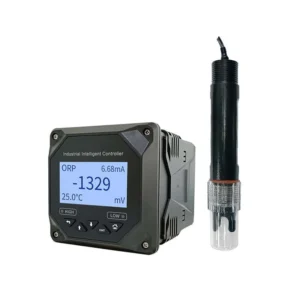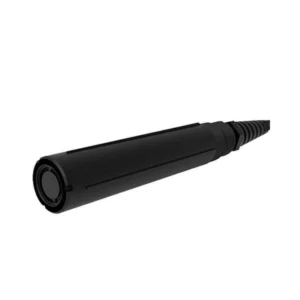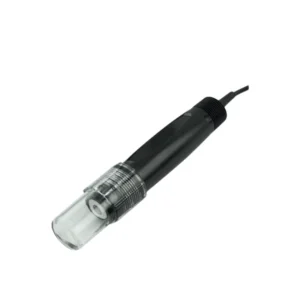Description
CDT-19B Turbidity (SS) Sensor
The CDT-19B analog turbidity sensor is a tool that measures how clear water is. Turbidity occurs when particles float in water. These particles reflect light that strikes them. The sensor usually measures the light that scatters at a 90° angle.
This scattered light is used as the test signal, and the results are given in NTU. This method is good for measuring turbidity. It works well in the low to medium range, from 0.01 to 1000 NTU.
Dimnsion & Mounting
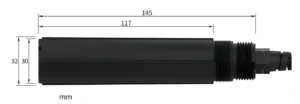

Turbidity sensor details show
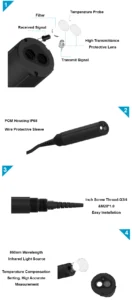
Application
Water treatment:
◉Turbidity sensors are used at the start of drinking water treatment. They help check the quality of raw water. Raw water can come from surface water, like rivers and lakes, or from groundwater. For example, when the water source is a river, the turbidity sensor can measure suspended particles in real time.
◉In industrial wastewater treatment plants, analog turbidity sensors are important. They help make sure that wastewater is released according to standards. Different industries have clear standards for turbidity in wastewater discharge.
For example, the turbidity limits for wastewater from textile printing and dyeing are usually below 50 NTU. In contrast, the turbidity limits for electroplating wastewater can be stricter.
Environmental monitoring:
◉In monitoring natural water bodies such as rivers, lakes, and oceans, turbidity is a key sign of water health. Changes in turbidity show changes in the amount of suspended matter in the water. This suspended matter can impact the living conditions for aquatic organisms.
High turbidity can reduce light levels in the water. This affects how aquatic plants make food. This change then impacts the whole food chain.
◉In groundwater monitoring, turbidity sensors are important. They may not be used often, but they still matter. For example, when pollution gets into groundwater, it can change how clear the water is.
Aquaculture:
◉Turbidity is an important measure of water quality in aquaculture. It can be caused by feed leftovers, fish waste, algae blooms, or sediment buildup. When we put turbidity sensors in the breeding ponds, we can check the water turbidity in real time.
Turbidity Sensor News
Water Treatment Solution
Turbidity meter working principle
